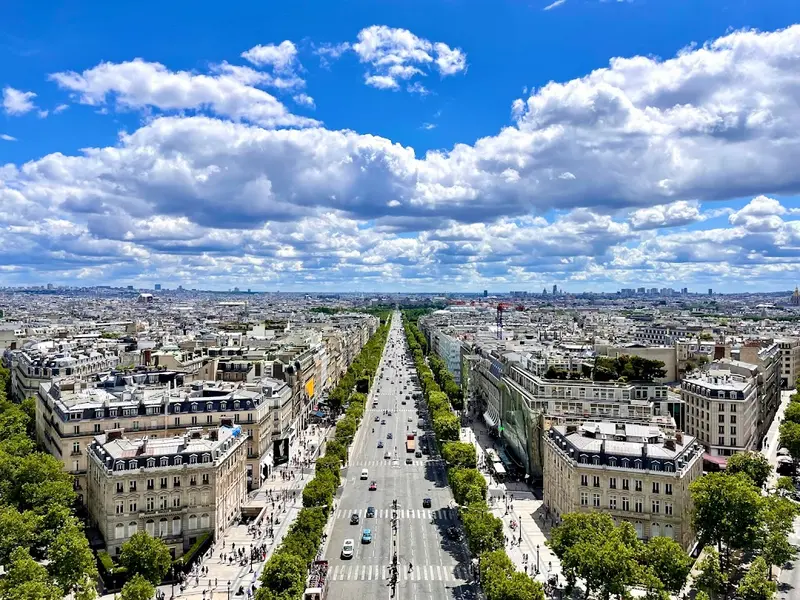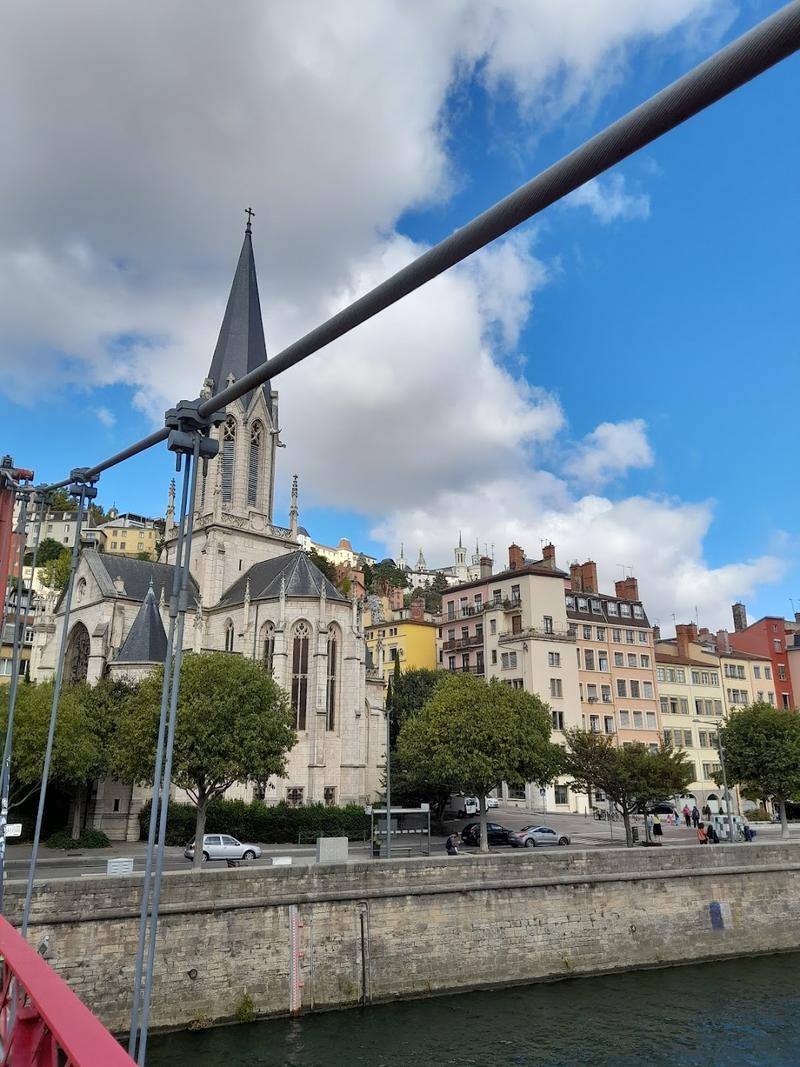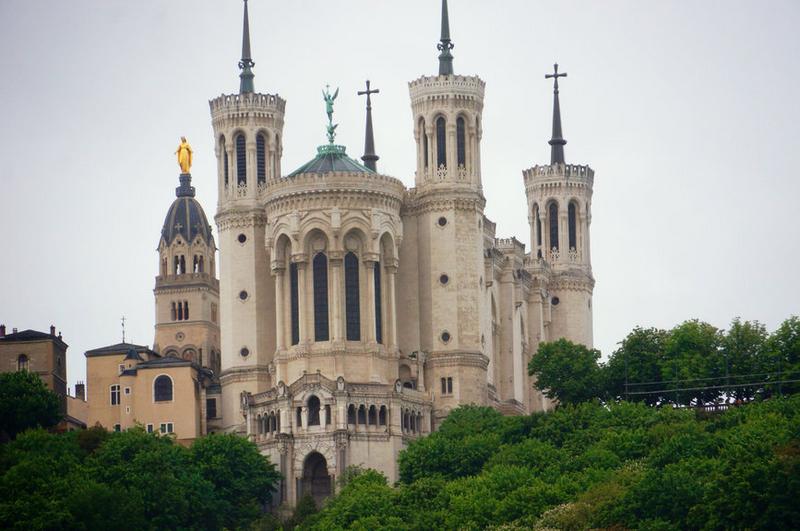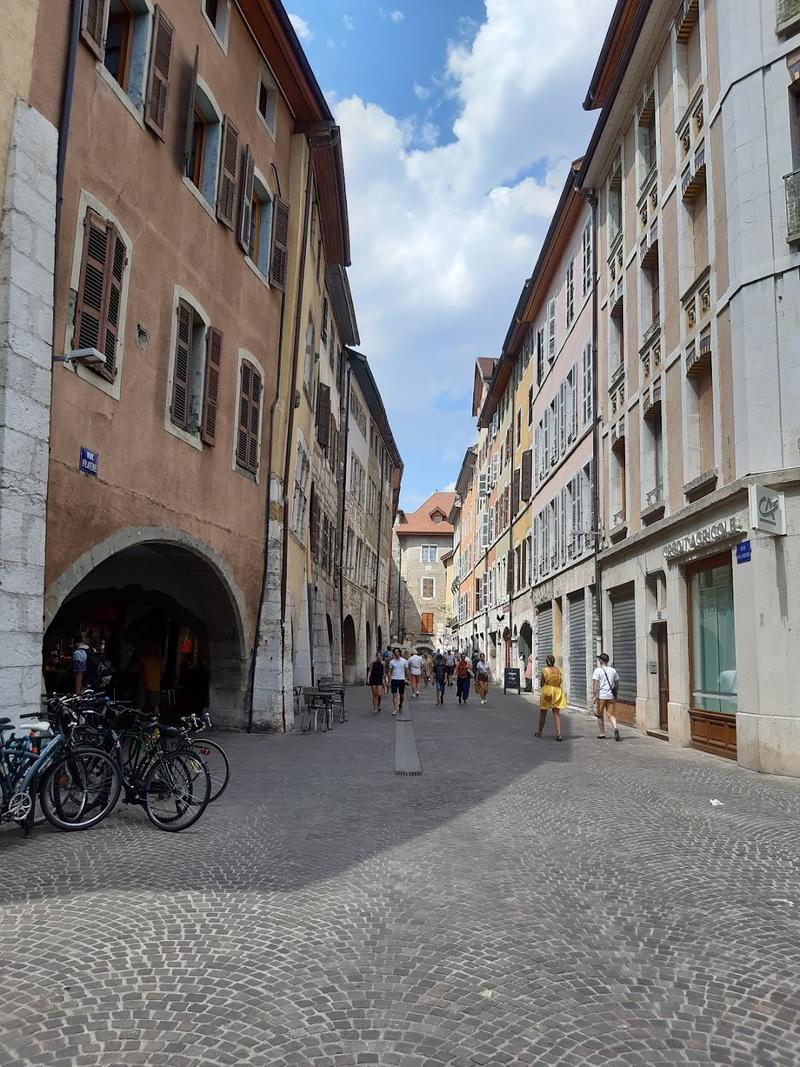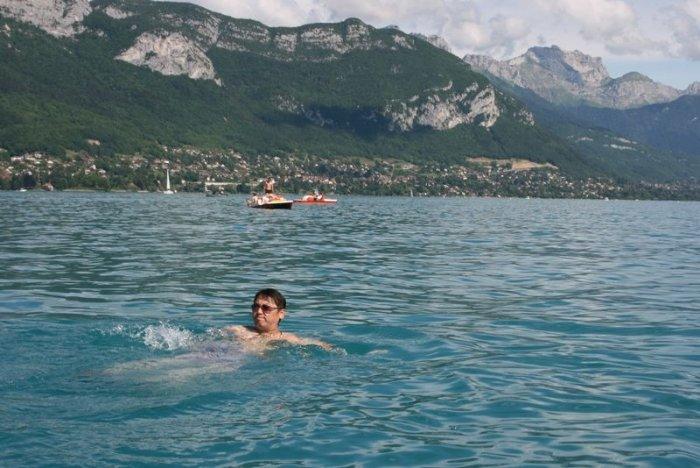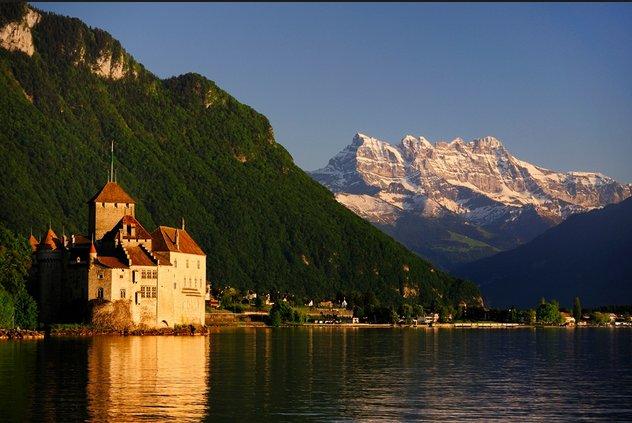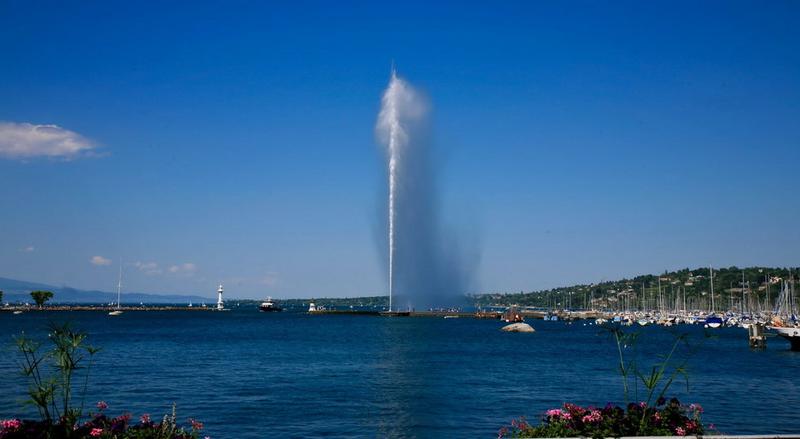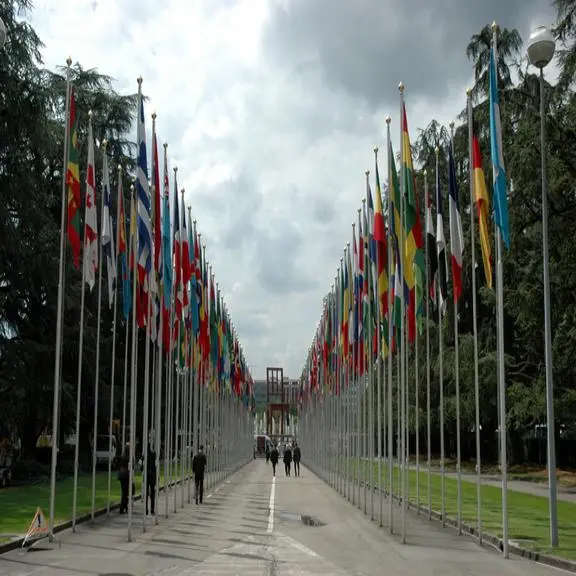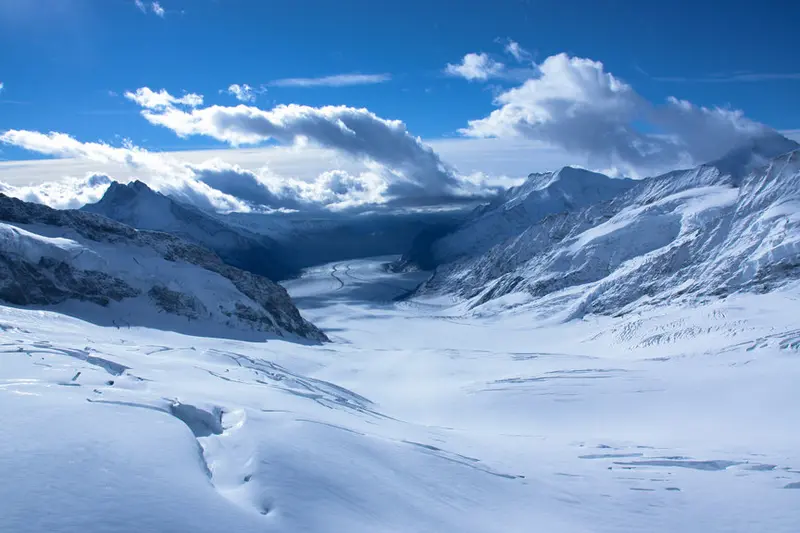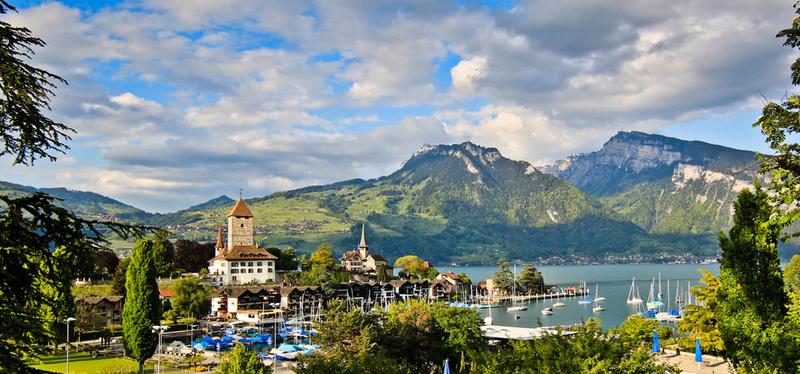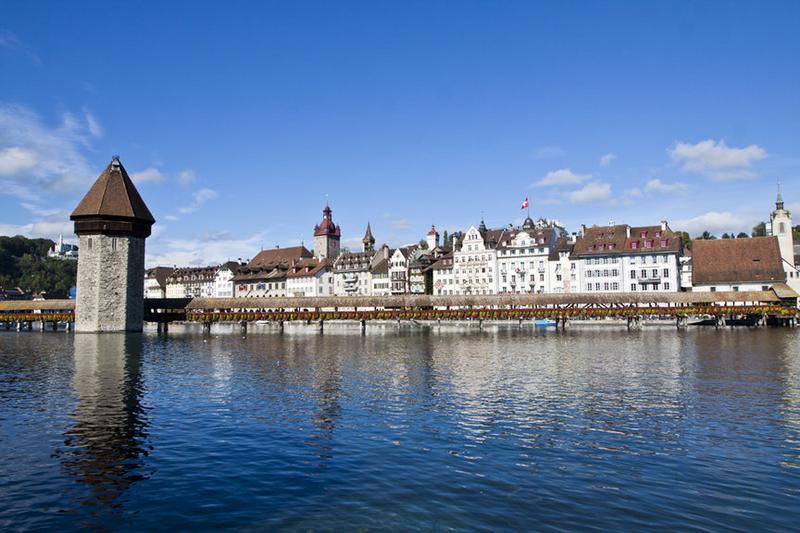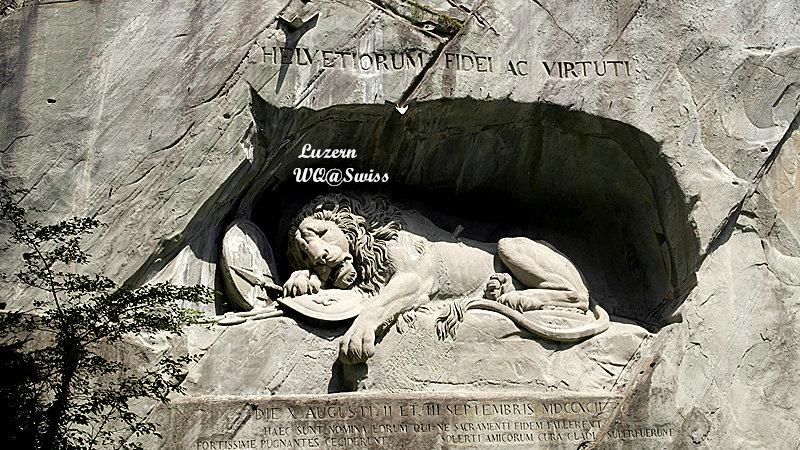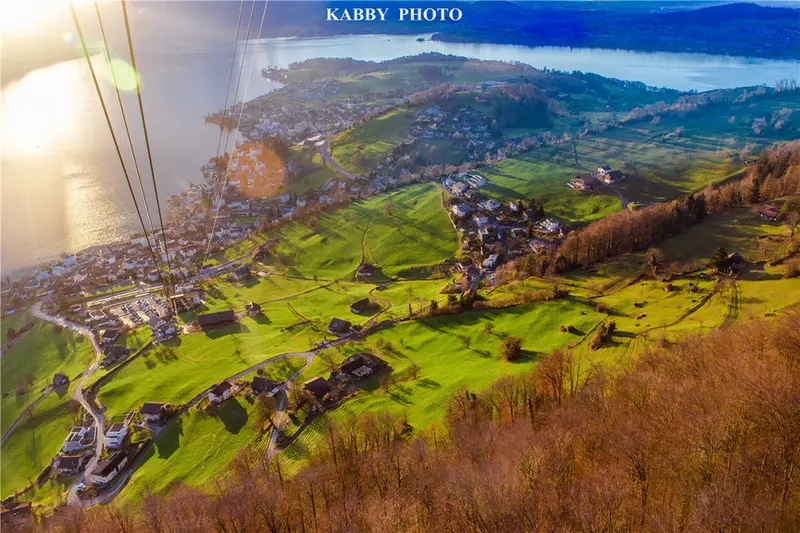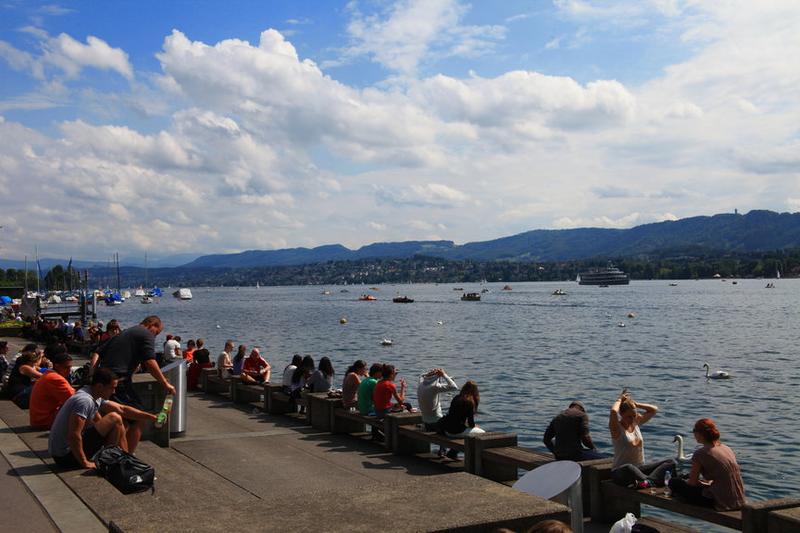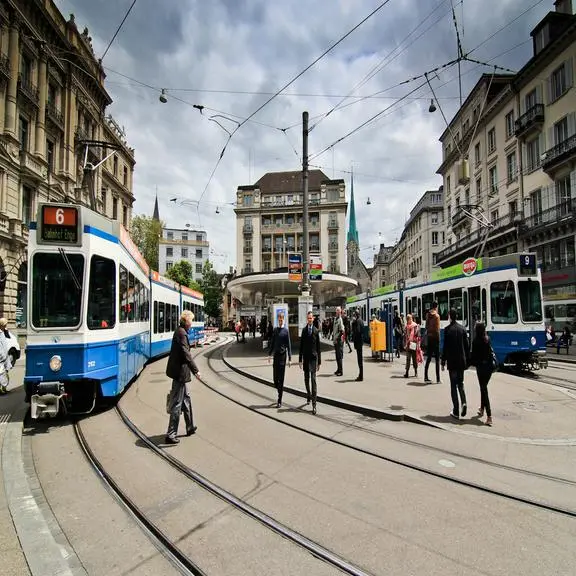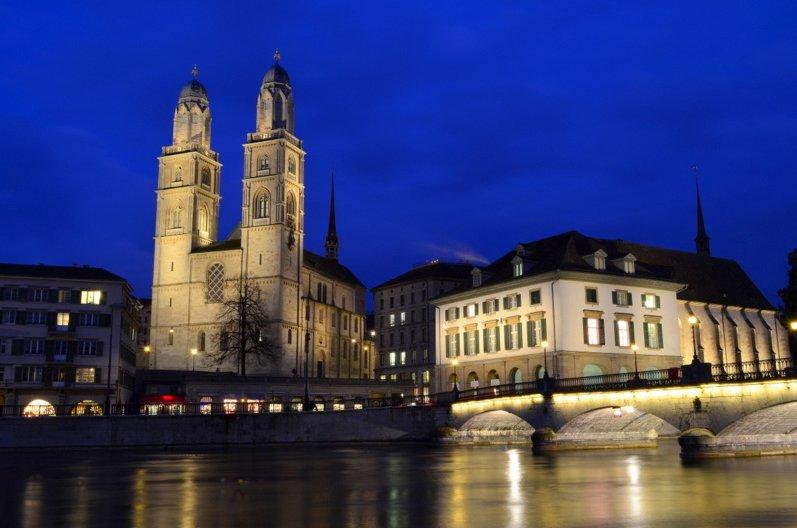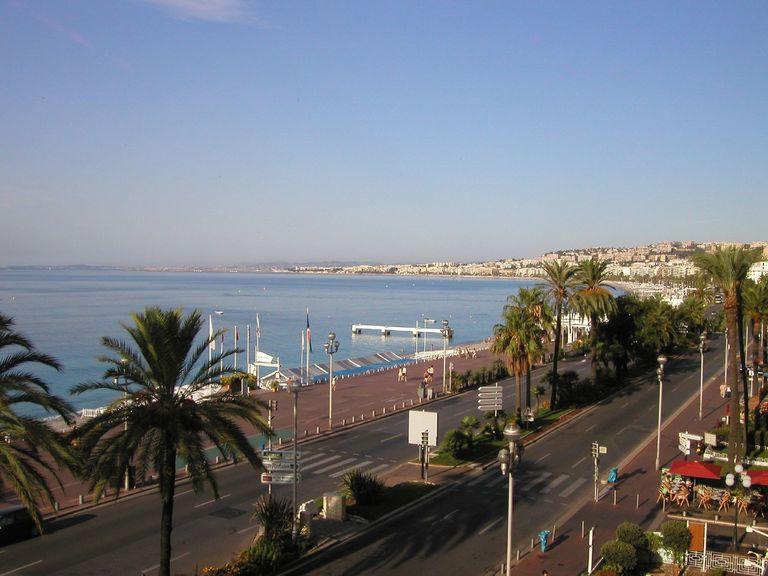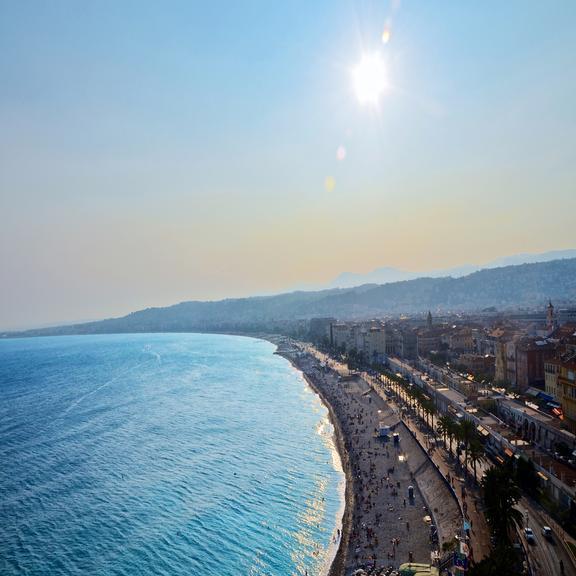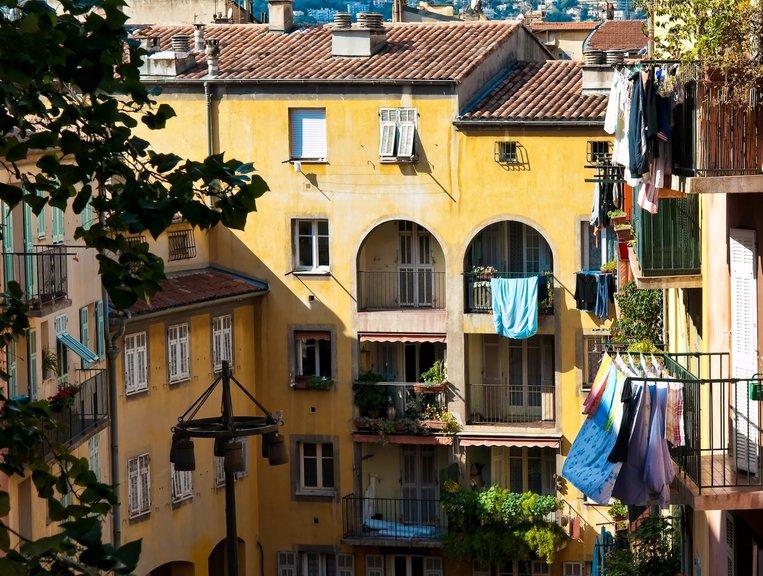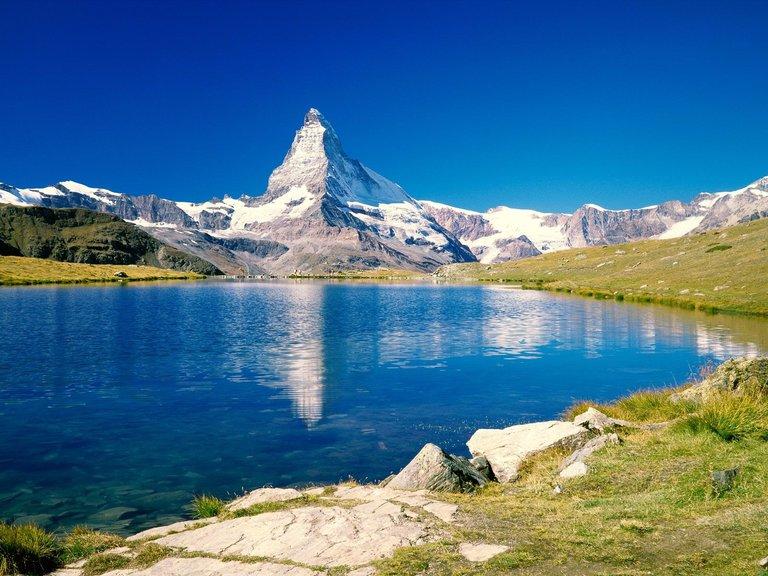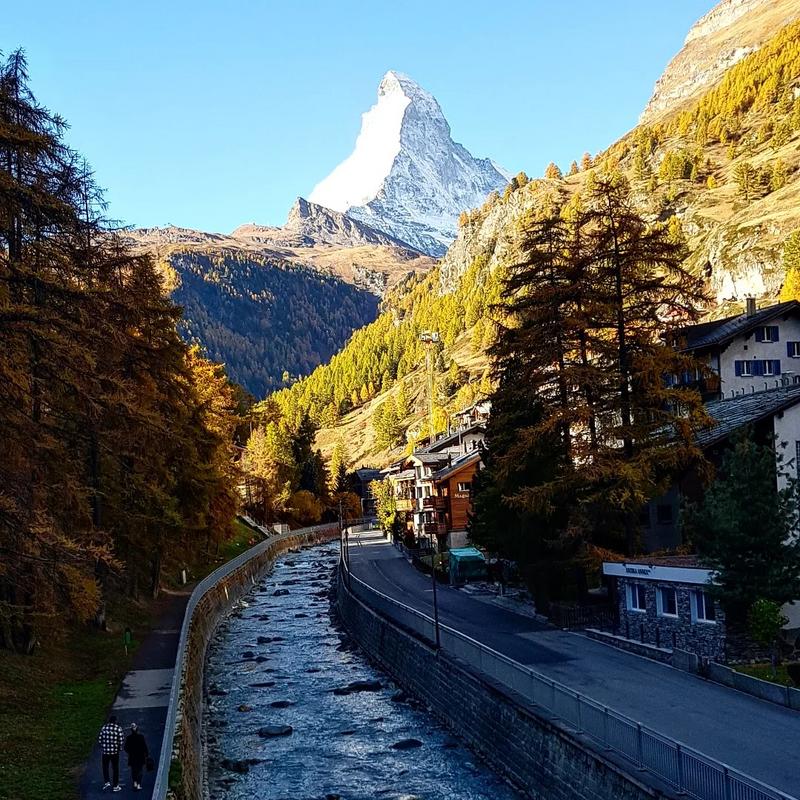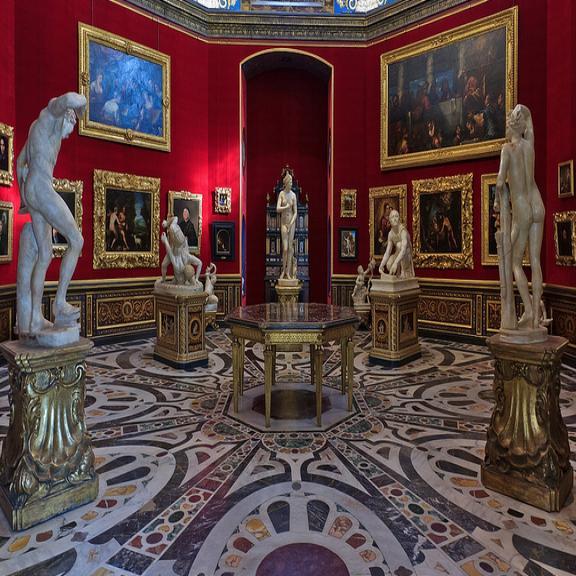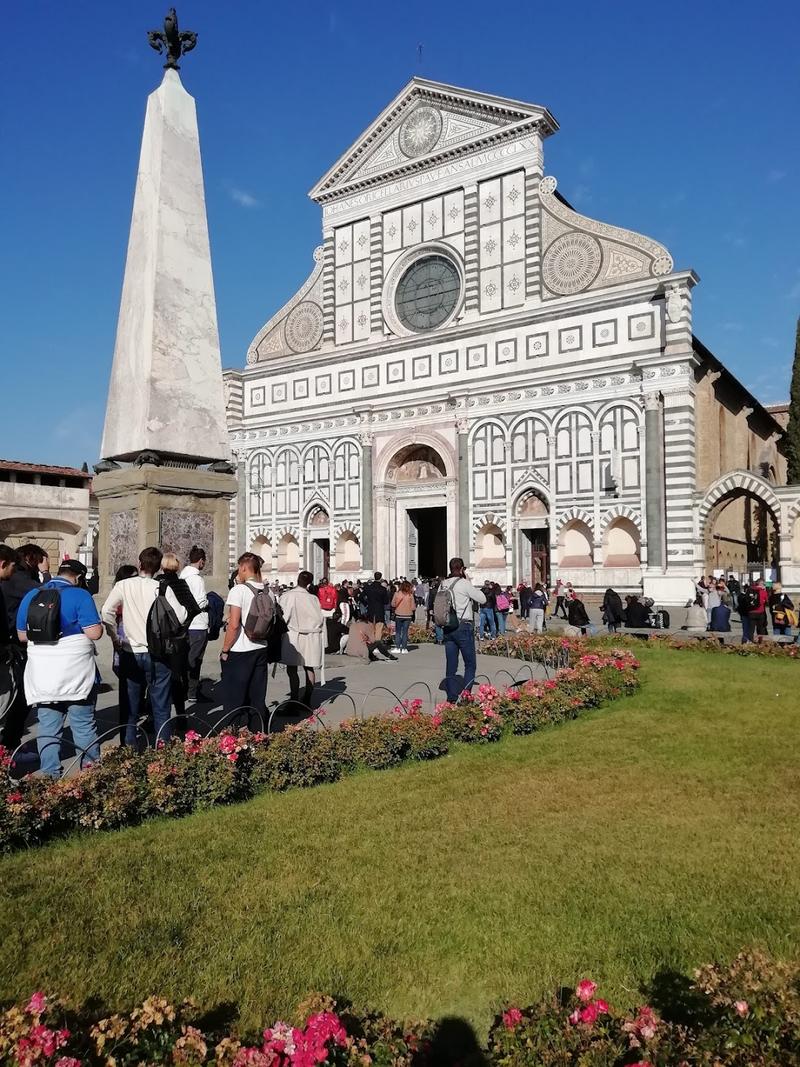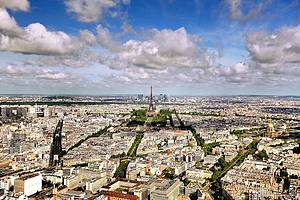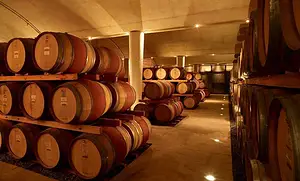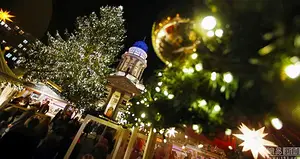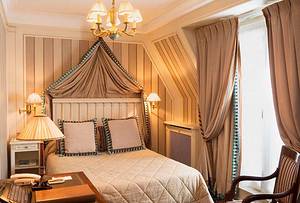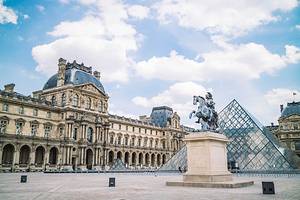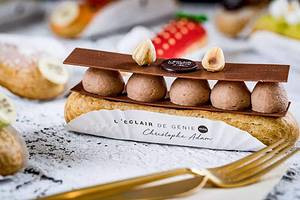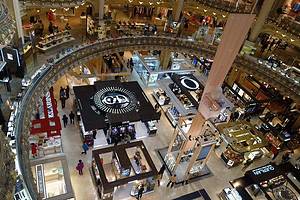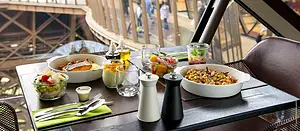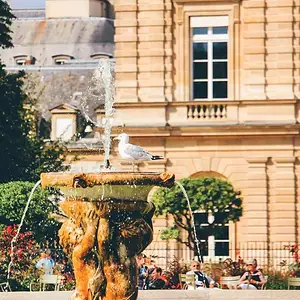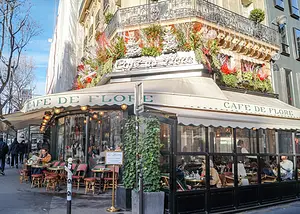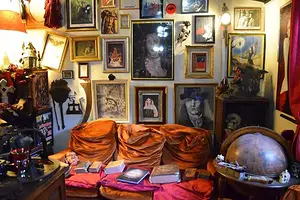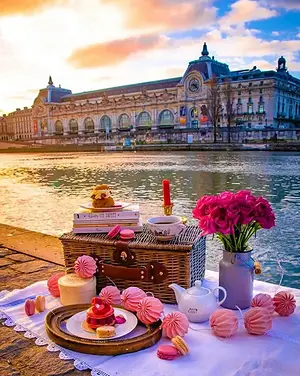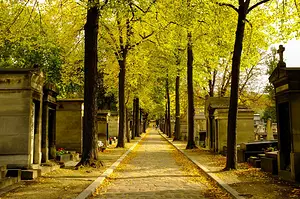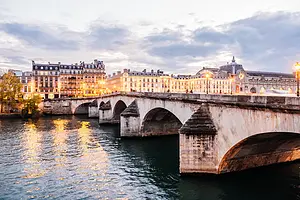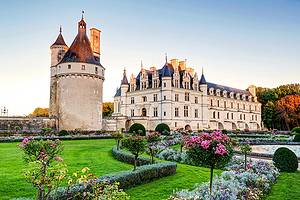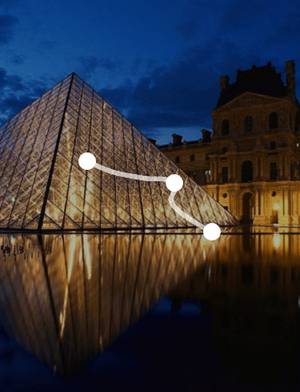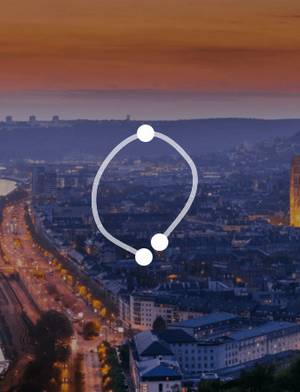South France, Italy and Switzerland 12 Days Self-Drive: Paris-Nice-Zermatt-Florence [Short Itinerary
12 cities |
30 attraction(s) |
total distance 1916
km
 TIPS
TIPS
Day1
Day2
Day3
Day4
Day5
Day6
Day7
Day8
Day9
Day10
Day11
Day12
Day1: Paris
3 attraction(s) ·
7 km
1
In 1889, the Eiffel Tower was built to commemorate the 100th anniversary of the French Revolution and to welcome the World Expo. This 324-meter-tall giant steel structure was initially controversial as it clashed with the architecture of Paris, and some even called for its demolition. However, today the Eiffel Tower has become a symbol of France and Paris.
Visitors can take the elevator or climb the stairs to reach the top of the tower and enjoy the breathtaking view of the city. On New Year's Eve, the tower sparkles for ten minutes at the top of each hour, and on specific holidays, it displays different colors, such as red for the Chinese New Year and blue for EU Day. During National Day, the Champ de Mars below the tower is an ideal venue for music festivals and New Year celebrations.
There are also two restaurants on the tower: Tour Eiffel 58 and the Michelin-starred restaurant Jules Verne. Tour Eiffel 58 offers lunch and dinner, starting at €19 for lunch and €80 for dinner, but with a higher cover charge. Jules Verne used to be a three-star Michelin restaurant but now has only one star. Lunch starts at €90, and dinner costs around €300 per person. Despite the expensive prices, they are still highly sought after due to their unique location. Therefore, it is advisable to book at least two months in advance during the peak season. If your budget allows, it is recommended to try other three-star Michelin restaurants for a better gastronomic experience.
4
km
2
The Louvre Museum is the former residence of French kings, built in the late 12th century. After several expansions and renovations during different periods of reign, it has become one of the largest museums in the world. The Louvre is divided into eight sections, including Oriental Antiquities, Egypt, Greece, Etruria and Ancient Rome, Paintings, Sculptures, Art Objects, Islamic Art, and Medieval to 1848 Paintings.
Originally a medieval fortress defending Paris, the Louvre has played various roles throughout history. With a love for art, French kings sponsored artists and collected a large number of renowned Italian paintings. During the French Revolution, it was opened as a museum and continued to expand and collect more artistic treasures in subsequent historical periods. The Louvre houses around 400,000 artifacts, with approximately 40,000 on regular display. Visitors should prepare in advance and, based on personal interests, it is recommended to visit the Italian and French painting galleries, Ancient Egypt Civilization gallery, Ancient Greek and Roman art gallery, and Napoleon III's apartments. As one of the world's top three museums, the Louvre attracts numerous visitors and has become one of the most popular tourist destinations in the world.
4
km
3
Famed route of landmarks such as the Louvre, Tuileries & Arc de Triomphe plus shops & restaurants.
Day2: Lyon
2 attraction(s) ·
1 km
2
Fourvière Hill is the source of Lyon and the birthplace of Christianity. It is an important location for the Festival of Lights in Lyon. The hill features a 19th-century Baroque-style Basilica, as well as an ancient Roman amphitheater and the Museum of Roman-Gallic Civilization. Standing on the hill, one can overlook the entire city, with the tallest building known as the "Pencil Tower". Across the hill is the Croix-Rousse district, which was once a gathering place for textile workers and is also known as the "Silk Hill". From the hill, one can admire the peninsula and the area between the two rivers, especially enchanting at night.
Day3: Annecy
2 attraction(s) ·
7 km
2
Lake Annecy is a destination perfect for water sports and leisure activities, surrounded by beautiful natural scenery that should not be missed. Playing and enjoying the water on the lake, bathing in the sunlight, is definitely an unforgettable experience. At the same time, don't forget to appreciate the beautiful views of the mountains and the lake, and feel the grandeur and mystery of nature. When visiting Lake Annecy, we should cherish this moment and make it an unforgettable memory in our lives.
Day4: Geneva
3 attraction(s) ·
3 km
1
The surroundings of Lake Geneva are beautiful, perfect for strolling along the lake shore or experiencing the pleasure of boating.
1
km
2
The Geneva Fountain was built in 1886, with an early jet height of 90 meters. After renovation in 1951, the average jet height increased to 140 meters. The fountain has become a symbol of Geneva and one of the locally proud landmarks. For more information, please visit the official website.
3
km
3
The Palace of Nations, built in 1929, was chosen as the headquarters for the League of Nations in 1938 and later became the European headquarters for the United Nations in the 1950s. It is located in Ariana Park in the city of Geneva, which was donated to the city by the Revilliod de Rive family with the condition that some peacocks be allowed to roam free in the park, which now adds to the scenery of the area. To visit the Palace of Nations, one must join a guided tour and bring a passport or other form of identification, and book the tour in advance. The tour lasts for one hour and guided tours are available in English and French.
Day5: Interlaken
2 attraction(s) ·
19 km
1
The Jungfrau, located in the Bernese Highlands, is one of the most famous mountains in Switzerland and one of the most charming landscapes in the area. It has a friendly relationship with the Yellow Mountains in Anhui, China and is greatly favored by Chinese tourists. The Jungfraujoch Railway was opened nearly 100 years ago, taking visitors to Europe's highest railway station, the Jungfraujoch station at an altitude of 3454 meters, where there are restaurants and other services. Here, you can visit the super ice palace and explore the world inside the glacier, while enjoying the spectacular panorama of the Alps from the Sphinx and Platt viewing platforms. Additionally, you can also play to your heart's content in the glacial snowfields.
In 2001, this area was listed as a world natural heritage site by UNESCO, attracting even more attention. At an altitude of 3571 meters on the Sphinx viewing platform, you can take Switzerland's fastest elevator and enjoy the spectacular panorama of the Alps, including the Aletsch Glacier, 24 kilometers in length and the longest glacier in the Alps, in view of the landscapes of the Bern, Valais, and Rütli mountains. On clear days, you can also see the Black Forest in Germany.
19
km
Day6: Spiez > Thun
2 attraction(s) ·
9 km
1
Schaffhausen is known as one of the most beautiful towns in Switzerland. Its medieval castle is located on the stunning Lake Thun and is definitely worth a visit. If you're passing through, make sure to take a stroll and appreciate the spectacular views of the castle.
9
km
Day7: Kriens-Luzern
3 attraction(s) ·
14 km
1
The Kapellbrücke is a 204-meter (670-foot) wooden covered bridge that spans the Reuss River at the outlet of Lake Lucerne in Switzerland. It is a famous tourist attraction and landmark of Lucerne. The bridge was built in 1333 for defense purposes and is brown in color with a red roof. It houses approximately 120 paintings from the 17th century depicting the history of Lucerne. However, most of the bridge was destroyed in a ship collision in 1993, but was quickly rebuilt to its original form. The current bridge is a reconstruction built after 1993. In the middle of the bridge is an octagonal water tower that is 140 feet tall and was historically used as a prison, torture chamber, lookout and treasury. On the north bank of the Kapellbrücke is the St. Peter's Church, which is why it is commonly called the "Church Bridge".
1
km
2
This dying lion statue, measuring 10 meters long and over 3 meters tall, was carved by a Danish sculptor in 1821 on natural rock. The statue depicts a suffering lion lying on the ground with a broken spear through its shoulder, next to a shield adorned with the Swiss coat of arms. The purpose of the statue was to commemorate the 786 Swiss mercenaries who sacrificed themselves on August 10, 1792, to protect the safety of the Louis XVI family inside the Tuileries Palace in Paris. There is also a description of the event inscribed below the statue.
At the time, Switzerland was a poor and backward country, and many men became mercenaries in various European countries to make a living. Swiss mercenaries were loyal to their employers and were brave warriors. However, the brutality of the mercenary system is often masked by honor and money. After this event, Switzerland stopped exporting mercenaries, leaving only the famous Swiss Guard to serve the Vatican.
Due to its depiction of loyalty and bravery, the Swiss Guard of the Vatican has been in service to this day. Mark Twain later came to Lucerne and praised this "the most tragic and touching statue in the world," which has been engraved in people's hearts ever since.
13
km
3
The Rigi Mountain, located at the forefront of the Alps, is known as the "Queen of Mountains" and is one of the most famous observation decks in central Switzerland. The historic Rigi Mountain is also a great place to watch the sunrise and sunset, with stunning views of the Alps and the beauty that extends to the Black Forest in Germany and the plains of France.
As early as the early 19th century, cultural celebrities such as Weber, Mendelssohn, and Victor Hugo had visited the mountain. In 1864, Queen Victoria of England also visited Rigi, which was a crossroads of history and culture. In 1871, the first mountain climbing railway in Europe was built here, and its steam locomotive can still be seen today.
Today, tourists can take the mountain climbing train or cable car from the three locations of Vitznau, Goldau, and Weggis to enjoy the beautiful scenery. It only takes an hour to reach the mountain climbing train station in Vitznau from the Lucerne pier.
The Rigi Mountain has a gentle and beautiful terrain, with more than 100 kilometers of hiking trails and many hotels, restaurants, and holiday apartments. Every year, a large number of tourists and business clients come here to enjoy the beautiful scenery and experience the rich Swiss culture, or to hold meetings and training activities.
Day8: Zurich
3 attraction(s) ·
2 km
1
The glacial Lake of Switzerland is located in the northeast of the plateau and extends southeastward from the city of Zurich. The lake is at an altitude of 406 meters and has a crescent shape, stretching 29 kilometers from southeast to northwest, with a maximum width of about 4 kilometers and a minimum width of only 1 kilometer. The lake covers an area of 88 square kilometers, with the northwest being deeper, reaching a maximum depth of 143 meters, while the southeast is relatively shallow.
The surrounding terrain of the lake is gentle and is often covered with vineyards and orchards. When looking south, the beautiful Alps can be seen. The lake is home to a large number of water birds, and signs have been set up along the shore for people to observe them. The most famous and easily identifiable species of water bird is the swan, with its snow-white body and plump appearance unmatched by other water birds.
Pigeons and seagulls can often be seen gathered together by the lake, sometimes soaring in the air, sometimes playing with swans on the water's surface and sometimes flapping their wings to forage at the lakeside. Tourists by the lake always attract a large number of seabirds, which compete to divide the food. The unique scene of people and birds living in harmony by the lake forms a unique landscape.
2
km
2
Bahnhofstrasse, also known as the Station Street, is one of the longest shopping streets in Europe. Besides being one of the most expensive shopping places in the world, the street is also the real golden spot of Zurich. It is a stunningly beautiful sight, with luxury brands and private banks from all around the world. Bahnhofstrasse starts at Zurich's main railway station, runs along the Limmat river on the left bank of the commercial center, and eventually reaches the Burkliplatz on the shores of Lake Zurich after a 1.4-kilometer walk. The street is lined with lime trees, and only trams are allowed through to ensure air quality, while cars are not allowed to enter. This historic street was formerly Zurich's old city wall until it was demolished and rebuilt as a shopping street in 1867. With its fashion boutiques and numerous private banks, Bahnhofstrasse is on a commercial level comparable to New York's Fifth Avenue.
1
km
3
This monastery church, built about 1100 years ago, is known for its twin tower Romanesque architecture and has become one of the iconic buildings of Zurich. The church faces the Grossmünster and played a key role in the Swiss Reformation of the 16th century, with the theological faculty of the University of Zurich and the Museum of Reformation located here. In addition, the church is decorated with exquisite stained glass by the modern art master Giacometti.
Day9: Nice
3 attraction(s) ·
5 km
1
Promenade des Anglais is located on the coastline of Nice, originally built in 1820 and only 2 meters wide. It was funded by an Englishman named Lewis, so it is also known as "Le Chemin des Anglais" or "Promenade des Anglais" by the locals.
After several renovations, this promenade has become one of the landmarks of Nice, stretching about 5 kilometers. It is lined with luxury hotels, designer boutiques, and art galleries, making it a must-visit attraction in Nice.
On one side of Promenade des Anglais is the famous Baie des Anges (Bay of Angels), while the other side is a popular spot for people to walk, roller skate, and bike. Street artists perform here, creating a unique cultural atmosphere for pedestrians.
With its beautiful scenery, blooming flowers, and palm trees along the two main roads, walking here not only offers stunning views but also the opportunity to participate in various activities. For example, the Nice Carnival and Flower Parade, which allow every visitor to immerse themselves in a festive atmosphere.
3
km
2
Located next to the Angel's Walkway in England, Angel Bay is named for its resemblance to angel wings. The bay is calm and the sea is clear and green. The beach, covered in pebbles, is a popular destination for people to cool off in the summer.
3
km
3
From the hill of the castle, you can walk back to the old town of Nice. Here, various styles of ancient buildings dating back to the 18th century have been well preserved. You will be able to appreciate different styles such as Baroque churches and Italian-style buildings. Enter the maze-like old town, wander through the winding and twisting alleys, and admire the colorful and diverse architecture while exploring unique shops. If you visit the Cours Saleya market, you will see a variety of vibrant fruits, candies, and flowers. When you get tired, you can sit down at any café or restaurant and taste local specialties and famous dishes from Nice. The attractions in the old town include the Nice Opera House, Cathédrale Sainte-Réparate, Place Garibaldi, Palais Lascaris, Chapelle de la Miséricorde, and Palais de Justice.
Day10: Zermatt
3 attraction(s) ·
2 km
1
The Matterhorn, also known as Monte Cervino, is one of the most famous mountains in the Alps. It is known as the "glacier paradise" and the "king of mountains". Even without extensive climbing experience, you can still appreciate the majestic scenery of the Matterhorn. By taking the highest aerial cable car in Europe or the Matterhorn Glacier Paradise Express, you can easily reach the observation platform of the glacier paradise, where you can enjoy a magnificent view of mountains and glaciers.
1
km
2
This Alpine railway rises 10,000 feet & passes through wildlife-rich terrain with glaciers & lakes.
1
km
3
Day11: Florence
3 attraction(s) ·
2 km
1
One of Italy's most important art museums, the Uffizi Gallery is also one of the most important art museums in Europe. It displays the richest and most precious treasures left by the Medici family, who funded Renaissance artists such as Leonardo da Vinci, Michelangelo, and Donatello, hence the rich collection of their artworks. The museum has over 100,000 exhibits divided into 46 halls, each of which is worth visiting. However, if time is limited, it is best to visit a few key exhibition halls. The most famous exhibits at the Uffizi Gallery include Botticelli's "Primavera" and "The Birth of Venus," Leonardo da Vinci's "The Adoration of the Magi," as well as Michelangelo's "The Holy Family" and Titian's "Venus of Urbino." The name "Uffizi" means "offices" in Italian, and this was once the Medici family's office. Later, the family descendants donated all their collections to the government, making it a public art museum. Today, the museum mainly displays paintings, while other sculptures are housed in the Bargello Museum. If travelling during peak season (May to September), it is best to book online in advance and arrive early, otherwise the queues will be very long.
1
km
2
The Pitti Palace, built in 1487, is a huge Renaissance palace commissioned by banker Luca Pitti and later purchased by the Medici family. It served as the residence of the city's rulers for hundreds of years until it was donated to the country by the Savoy family in 1919.
The front of the palace is 205 meters long and 36 meters high, built with massive stone blocks. The only decoration is the lion head sculptures between the window brackets on the ground floor. The protruding wings were built during the Lorraine period. Passing through the arched gate, you can enter the Ammannati courtyard, from where you can see the higher Boboli Hill behind it. The second floor of the palace houses the royal residence and the Palatine Gallery, and the third floor is the modern art museum. There are also the Silver Museum and the Carriage Museum.
Today, the Pitti Palace is one of the world's famous art galleries. It houses a large collection of paintings, jewelry, and sculptures, including 11 works by Raphael. The Palatine Gallery of the Pitti Palace contains precious paintings by artists such as Raphael, Titian, Caravaggio, and Rubens.
1
km
3
Cathedral-flanked square with iconic historic, religious & artistic landmarks & museums.
Day12: Florence
1 attraction(s) ·
0 km
1


